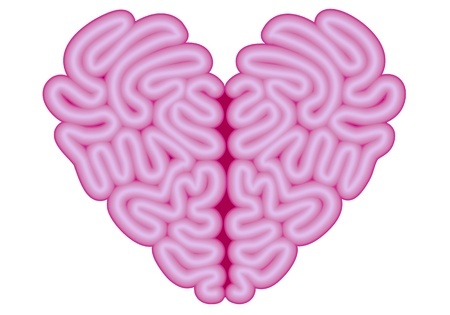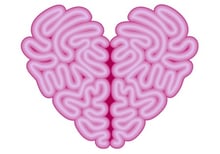InSync Now Offers SHRM-Approved PDCs for Recertification
InSync Training Is Recognized by SHRM to Offer PDCs for SHRM-CP® and SHRM-SCP® Recertification [Portsmouth, NH] — InSync Training, LLC is proud to...
3 min read
Marjorie Derven : Jul 5, 2022 7:30:00 AM

Today’s world is changing at a dizzying pace, with increasing volatility, uncertainty, complexity and ambiguity—known as “VUCA” in Army War College terminology. We know that high levels of change cause stress---and stress can block our ability to be effective learners. This is problematic, because being an agile learner—curious, adaptable, open to change, and having the resilience to keep on trying to learn despite making mistakes along the way—is more important than ever.
 In fact, our ability to learn is arguably a requirement for survival. As we experience new and challenging situations, there may not be a past model to refer to. It is essential to be able to ask critical questions such as “What is most important now?” "What is different and the same about this situation compared with others I have seen in the past?" and, “If I think creatively, what are some better answers?” Constructive questions, combined with the humility to be open to new ways of thinking, enables us to best gain perspective to address new situations.
In fact, our ability to learn is arguably a requirement for survival. As we experience new and challenging situations, there may not be a past model to refer to. It is essential to be able to ask critical questions such as “What is most important now?” "What is different and the same about this situation compared with others I have seen in the past?" and, “If I think creatively, what are some better answers?” Constructive questions, combined with the humility to be open to new ways of thinking, enables us to best gain perspective to address new situations.
Emotional intelligence, which can be defined as the ability to understand, manage, and effectively express one's own feelings, and understand and interact effectively with others, has come into our everyday lexicon through the work of Daniel Goleman. Goleman cites the concept of "neuroplasticity," from recent neuroscience research which suggests if we are trying to learn a new skill or solve a difficult challenge, brain circuitry grows, but when we are trying to change an ingrained habit, we are confronted with thick, established circuitry that is particularly challenging to undo.
What does emotional intelligence have to do with agile learning in the workplace?
We know that to be successful in uncharted times, we have to adapt and create new ways of working. Whether we are developing our own learning capabilities or serving as teachers and coaches, being aware of how to leverage emotional intelligence to develop learning agility will accelerate the process.
8 Considerations for applying emotional intelligence to learning:
Tap into personal commitment for learning. As a coach, engage learners to achieve the goal of change. Tap into hopes, aspirations and goals, and create a bridge for how the new skills will get them there.
Boost confidence and self-esteem. We need to have our baseline emotional needs met to be able to think more creatively. We know from the work of Amy Edmondson and psychological safety that respect and valuing ourselves and others is foundational to learning.
Consider alternative perspectives. When emotions are running high, we revert to a place of safety--known ideas and ways of thinking that have worked well in the past. However, these old patterns may block better alternatives. One way to re-frame an approach is to "go to the balcony." Imagine that you are on the outside looking in, from another's perspective--consider alternative explanations. Including multiple perspectives before landing on a conclusion for why a problem exists can create multiple pathways to solutions.
Mitigate fears about rejection. Consider alternative options in high stress, high priority situations, so that there are multiple routes mapped out in advance. That way, if one doesn't work out, there is less time lost dealing with an emotional response of confusion and fear, and instead there is a feeling of preparedness.
Manage stress. Stress, as we all know, activates our "fight or flight" responses, which are needed in survival situations. The problem is that stress in everyday life has become chronic, is counterproductive, and reduces our ability to respond effectively in true crises. The tried-and true approaches of getting enough sleep, eating healthy foods, maintaining a network of supportive and reciprocal relationships, are more important than ever.
Prioritize. It is easy to get overwhelmed by change in the workplace. Follow the methodologies of project managers: identify manageable steps to learn and master new things. Establish practical, defined tasks and activities that will lead you to knowledge capture.
Rehearse. New ways of thinking and acting take time to become rooted--we need repetition and practice. Mental rehearsal can augment actual practice. There is some evidence that this may activate the same neural circuitry the same as actual practice, which is why Olympic athletes often use this technique to maximize performance when preparing for competitions.
Tap into personal connections. Cultivating a network of positive relationships, both in and outside the workplace, is an essential antidote everyone needs in times of change and stress to re-charge, enjoy and relax.

InSync Training Is Recognized by SHRM to Offer PDCs for SHRM-CP® and SHRM-SCP® Recertification [Portsmouth, NH] — InSync Training, LLC is proud to...